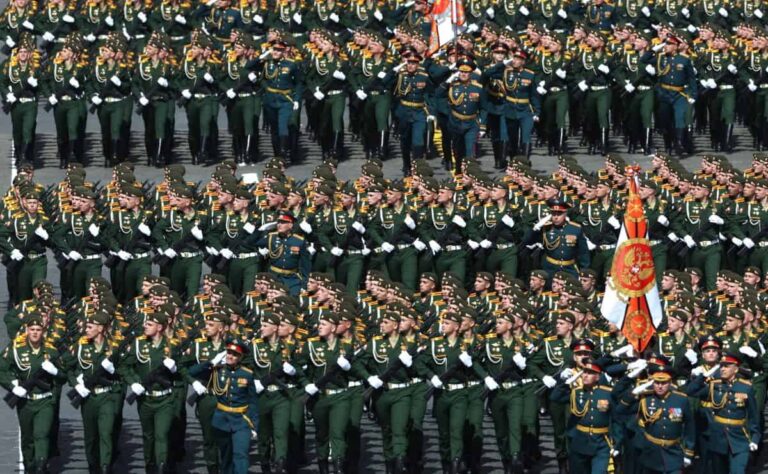For thousands of years, people have hoped for a world without weapons of mass destruction and worked to limit the military power. Nonetheless, increasing investments in weaponry have resulted in repeated rounds of refinement. Disarmament refers to the process of lowering or removing a country’s or region’s arsenal, including its military forces and armed organizations.
In 2012, annual worldwide military spending was about US $1.7 trillion. One trillion seven hundred million dollars! It’s true that throughout time, attempts to reach agreements on disarmament have consistently resulted in successful outcomes.
Yet, practically every country in the world pledged to “general and complete disarmament under strict and effective international control” in 1968 when they signed the Nuclear Non-Proliferation Treaty.
In this article, we will examine the definition, history, and many approaches to disarmament, as well as the motives and drivers behind this crucial process.
Table of Contents
The meaning and history of disarmament
The term “disarmament” is used to describe efforts to diminish or eliminate military capabilities and methods (including weapons and people), typically through formal agreements. It’s the act of decreasing or doing away with a country’s or region’s armaments, military troops, and/or armed groups.
Disarmament is not a new concept. Even ancient societies worked to reduce their reliance on weapons and foster an atmosphere of mutual respect and tolerance.
The terrible effects of armaments on human life and society during World War I sparked a renewed interest in disarmament in the modern era. In 1919, the League of Nations was formed with the stated purpose of promoting disarmament and averting war. The League’s failure to prevent World War II resulted in much greater havoc and human misery.
The UN (United Nations) was formed after World War II, and one of its primary focuses was disarmament. Several disarmament treaties, such as the Chemical Weapons Convention, the Nuclear Non-Proliferation Treaty, and the Biological Weapons Convention, saw the light in the decades after the UN Charter’s call for a reduction of arms and armed forces. Despite these initiatives, disarmament remains a difficult endeavor, and several security dangers persist around the world.
The methods of disarmament
Nations may be coerced into disarmament and armaments control measures. Nations may take such measures independently, or measures may be agreed upon by two or more governments. Until recently, defeated militaries were typically dependant to a policy of forced disarmament.
For instance, Rome requested that Carthage surrender its entire battle fleet and all of her war elephants, save for 10 ships, when Rome triumphed in the second Punic War (218-201 BC). As a show of might, the Romans burned hundreds of Carthaginian ships outside the city walls. After World War I, Germany and its allies were required by the Treaty of Versailles to implement extensive disarmament steps.
Another type of action is the unilateral reduction of a country’s armed forces and resources. In 1948, for instance, Costa Rica made history by being the only country in the world to totally dissolve its armed forces. Last but not least, states agree to disarm and sign weapons control accords. Such agreements might take the form of either a bilateral or international pact.
Read also: The 6 countries possessing major nuclear weapons today
The motives and drivers of disarmament
Disarmament can be driven by many motives depending on the situation and the parties involved. Some nations may decide to disarm to increase global stability. While others may disarm to cut military expenditures or to adhere to international laws and conventions.
When it comes to advancing disarmament, non-state actors like religious groups and civil society organizations can play an important role in educating the public, galvanizing support, and influencing legislation. However, there are drivers at play that motivate these initiatives. And they have historically resulted in arms accords when the circumstances were right. Among these drivers are:
- potential for cost savings in the defense industry by forgoing weapons with little to no military utility at present;
- the process of coming to terms with rules of engagement in a conflict (how to treat prisoners of war, for example, or how to differentiate between combatants and civilians) that serve one’s own interests;
- anxiety over one’s place in the global power structure and the stability of international relations;
- the perceived or actual military benefits of arms reduction and control pacts.
Securing a peaceful world
Peace, less bloodshed, and more safe and secure lives are all possible outcomes of the disarmament process. Despite the difficulties and setbacks, disarmament is still an important and pressing mission that needs the support of everyone involved.
A more safe and peaceful world can be created via education about the meaning and history of disarmament, the various approaches taken to achieve it, and the motivations and causes behind it.
Read also: New Start nuclear treaty, what the suspension decided by Putin means












